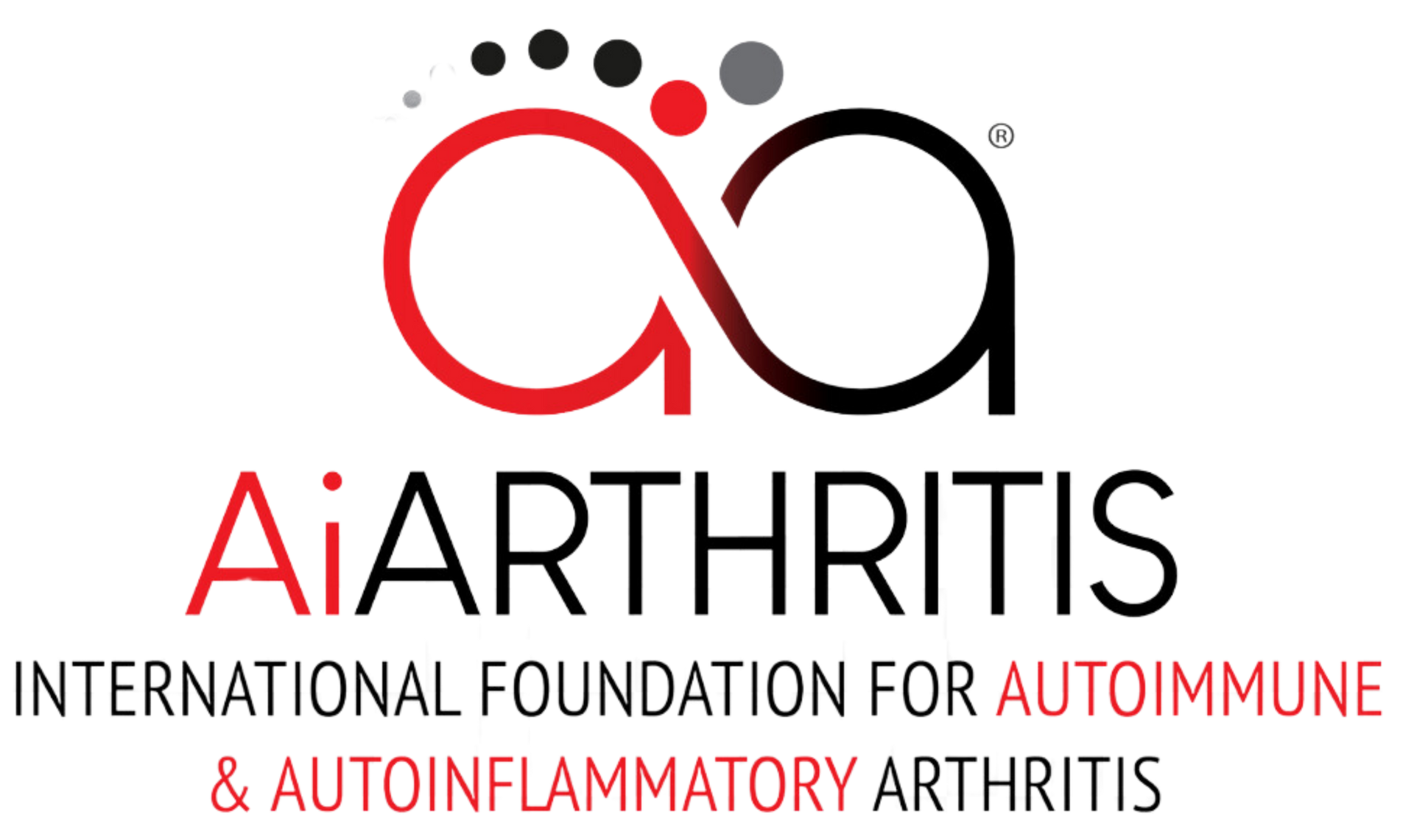Latest research on VEXAS Syndrome
VEXAS syndrome is a rare, adult-onset autoinflammatory disease primarily affecting males, discovered in December 2020 and first reported in The New England Journal of Medicine. The name VEXAS is an acronym for its key features: Vacuoles, E1 enzyme, X-linked, Autoinflammatory, and Somatic. It is caused by somatic mutations in the UBA1 gene in hematopoietic progenitor cells. Patients with VEXAS syndrome experience symptoms such as fever, skin rashes, joint pain, and hematologic abnormalities like macrocytic anemia and bone marrow failure.
View all VEXAS Syndrome Abstracts from previous years
2024 American College of Rheumatology Conference abstracts on VEXAS Syndrome
The study examines the clinical and biological features of VEXAS syndrome in women, comparing them to 263 men with the condition. VEXAS syndrome is an autoinflammatory disease caused by somatic mutations in the UBA1 gene, which is located on the X chromosome. The study found that while the syndrome is more common in men, it can also occur in women, often due to constitutional or acquired X monosomy.. In the small cohort of women studied, common symptoms included fever, altered general condition, neutrophilic dermatosis, chondritis, pulmonary infiltrate, and thromboembolic events.
Neutrophil Transcriptomics in VEXAS Syndrome
This study investigates how changes in gene expression in neutrophils (a type of white blood cell) might contribute to VEXAS syndrome, a rare inflammatory condition caused by mutations in the UBA1 gene. By analyzing neutrophils from patients with VEXAS, researchers hope to better understand the disease and potentially identify new targets for treatment.
Pervasive Inflammation Poisons Hematopoiesis and Drives Clonal Dominance in VEXAS Syndrome
This study explores how widespread inflammation in VEXAS syndrome can harm normal blood cell production (hematopoiesis) and lead to the dominance of abnormal blood cell clones. The findings suggest that inflammation plays a key role in the disease's progression and highlights potential targets for treatment.
This study compares the clinical and biological features of VEXAS syndrome in women to those in men. It aims to understand how the disease manifests differently based on gender, providing insights into potential differences in symptoms, disease progression, and treatment responses between women and men with VEXAS syndrome.
This study investigates how VEXAS syndrome affects natural killer (NK) cells, revealing that these cells show impaired function and signs of exhaustion. By deeply analyzing the characteristics of peripheral NK cells, researchers aim to better understand the disease mechanisms and identify potential targets for treatment.
This study examines the diverse clinical presentations and characteristics of VEXAS syndrome through a multicenter case series of 299 patients from the French VEXAS Study Group (FRENVEX). By analyzing a large cohort, researchers aim to better understand the variability in symptoms, laboratory findings, treatments, and outcomes, providing a comprehensive overview of this complex autoinflammatory condition.
This study from Spain focuses on finding more specific and effective treatments for VEXAS syndrome, a rare inflammatory disease. By analyzing data from multiple centers, researchers aim to improve understanding of the disease and develop better therapeutic strategies. The study highlights the importance of personalized treatment approaches and aims to identify more targeted and effective therapies to improve patient outcomes.
A Systematic Review of Treatment Strategies in VEXAS Syndrome
This systematic review evaluates the effectiveness and safety of current treatment strategies for VEXAS syndrome, a rare inflammatory condition caused by mutations in the UBA1 gene. By analyzing data from multiple studies, the review aims to identify the most promising treatments and highlight the need for individualized treatment plans due to the variability in patient responses and the potential for adverse events
This study examines the phenotypical differences in VEXAS syndrome, focusing on a national cohort of rheumatological patients. By comparing clinical and biological features between women and men, the research aims to uncover gender-specific manifestations, disease progression, and treatment responses, providing a deeper understanding of this complex autoinflammatory condition.
This study compares polyarteritis nodosa (PAN) associated with VEXAS syndrome and chronic myelomonocytic leukemia (CMML) to primary forms of PAN. Researchers aim to evaluate differences in presentation, management, and prognosis, providing insights into how these secondary forms of PAN might require different treatment approaches compared to primary PAN.
Bone Marrow Failure in VEXAS Is Associated with the Degree of UBA1b Deficiency
This study investigates the relationship between bone marrow failure in VEXAS syndrome and the degree of UBA1b deficiency. Researchers found that patients with more severe UBA1b deficiency experienced more frequent and severe bone marrow failure, including anemia and thrombocytopenia, compared to those with partial deficiency1. The study highlights the importance of UBA1b in maintaining healthy blood cell production and suggests that targeting this pathway could be a potential therapeutic strategy for VEXAS syndrome
Vasculitis Associated with VEXAS Syndrome
This study examines the prevalence, distribution, and characteristics of vasculitis in patients with VEXAS syndrome, a rare inflammatory condition caused by mutations in the UBA1 gene. Researchers found that a significant proportion of patients with VEXAS syndrome develop vasculitis, with small vessel vasculitis being the most common type. The study highlights the importance of recognizing vasculitis as a potential manifestation of VEXAS syndrome and suggests that it may require different treatment approaches compared to primary forms of vasculitis.
This study presents a comprehensive approach to diagnosing VEXAS syndrome by combining genetics, cytological analysis, and imaging techniques. By integrating these methods, researchers aim to speed up the diagnostic process and better characterize VEXAS patients from the outset. The study includes genetic analysis to identify UBA1 mutations, cytological evaluation of blood cells to observe cellular abnormalities, and imaging techniques like PET-CT scans to assess inflammation and other abnormalities. This multi-faceted approach helps provide a more accurate and timely diagnosis for patients with VEXAS syndrome.
Developing Predictive Models for the Diagnosis of VEXAS Syndrome
This study aims to develop predictive models to improve the diagnosis of VEXAS syndrome, a rare autoinflammatory disorder caused by mutations in the UBA1 gene. By analyzing clinical and laboratory features from patients who underwent UBA1 testing, researchers created models to help clinicians identify which patients should be tested for VEXAS syndrome. The models were designed using advanced statistical methods and evaluated for their accuracy in distinguishing between positive and negative cases.
Key Patient Take Aways
- VEXAS syndrome is a rare inflammatory condition caused by mutations in the UBA1 gene, which is located on the X chromosome. It is more common in men but can also occur in women.
- Common symptoms of VEXAS syndrome include fever, altered general condition, neutrophilic dermatosis, chondritis, pulmonary infiltrate, and thromboembolic events.
- The disease can cause widespread inflammation that harms normal blood cell production and leads to the dominance of abnormal blood cell clones.
- Natural killer cells, a type of immune cell, may show impaired function and signs of exhaustion in patients with VEXAS syndrome.
- VEXAS syndrome can present differently in different people, with a range of clinical features and severity.
- Treatment strategies for VEXAS syndrome are still being developed and may need to be individualized due to the variability in patient responses.
- Some patients with VEXAS syndrome may develop vasculitis, a condition where the blood vessels become inflamed.
- Bone marrow failure is a potential complication of VEXAS syndrome, and the risk may be associated with the degree of UBA1b deficiency.
- A comprehensive diagnostic approach using genetics, cytological analysis, and imaging techniques may help speed up the diagnosis of VEXAS syndrome.
- Predictive models are being developed to help clinicians determine which patients should be tested for VEXAS syndrome based on their clinical and laboratory features.
Sign up for our newsletters
International Foundation for AiArthritis
6605 Nottingham Ave.
St. Louis, MO 63109-2661
Tax ID: 27-1214308
Toll Free: 1-877-609-4226
Email: info@AiArthritis.org
Copyright 2024. All rights reserved. Information on this site is intended for informational purposes only Our foundation does not engage in the practice of medicine. Please consult a physician to obtain personal healthcare and treatment options. 501(c) 3 Nonprofit Tax ID: 27-1214308.






